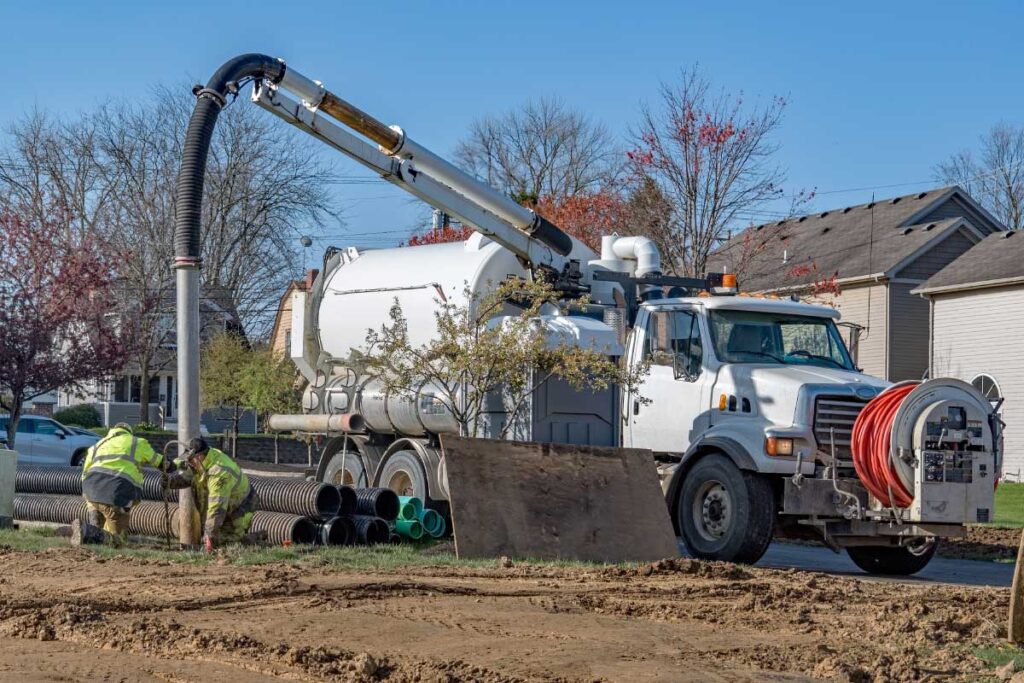Common sense tells us that delivering a positive customer experience is important to keep our customers coming back, yet so many companies struggle to deliver on an effective service delivery process. In the highly competitive home services industry, customers do have choices, whether it be for the purchase and installation of a new dishwasher, new windows and doors, or converting an oil furnace to electricity.
How many of you have shared the experience of walking into a retail showroom to purchase a new kitchen appliance that goes something like this? Your buying journey takes you through selecting the right appliance to fit your needs, purchasing or financing it, adding an extended warranty (if you are an insurance lover) and arranging for the delivery. You typically exit the store feeling happy about your purchase and the attentive service you received from the salesperson, who was likely paid a sales commission. As your delivery date approaches, you receive a call from the store delivery department confirming your delivery for the next day during the 2-hour window you requested and if you’re lucky, you receive a text message 30 minutes before the truck arrives so you don’t have to wait around. So far, this has been a great customer experience and you are likely to buy your future appliances from this company.
On the scheduled date and during your appointment window, the delivery truck arrives. Your new dishwasher is hauled into your kitchen, the old one is removed and the technician gets to work, hooking up your new dishwasher, just in time for the dinner party you are hosting that evening. All is well until the technician advises you he doesn’t have the part he needs to complete the installation and he will need to come back tomorrow. He explains that sometimes happens with this less popular model because he doesn’t keep a close eye on the inventory level of these rarely used parts on the truck. Your positive feelings toward the company, the salesperson and the field installer, vanishes in an instant. A great customer experience is destroyed even though the purchase experience was positive, the delivery was on time and the technician was courteous and professional. However, the job could not be completed on the first visit because the right parts were not on the right truck at the right time. Somewhere along the line, the service delivery process neglected a crucial piece of customer data – you only get one chance to make a great first impression!
This scenario is all too familiar in the home services industry. The homeowner in the above scenario is not likely to purchase from this company again. Most owners would agree that customer retention and loyalty have a direct impact on the growth and profitability of your home services business, but did you know:
“A customer is four times more likely to buy from a competitor if the problem is service-related, versus price or product-related.” – Bain & Co.
“It takes 12 positive customer experiences to make up for one negative experience.” – Parature
There is an abundance of statistics like these that support the critical impact of the service delivery process on a buyer’s journey and the overall customer experience. Providing home services involves multiple customer touchpoints, from showroom to delivery to installation. Neglecting any one of these touchpoints, particularly if it pertains to one of those moments of truth in your service delivery process, can have a devastating effect on the customer experience and by extension your bottom-line results.
How can you ensure your company delivers a good customer experience that promotes loyalty? It starts by answering these questions:
- Have you mapped your buyers’ journey from end to end and identified the moments of truth that matter most to your customers?
- Do you have a good understanding of all the customer touchpoints and the relative importance of each one in the eyes of your customers?
- Have you considered how field service technologies could help your organization address pain points in your service delivery process?
If you have not mapped your end-to-end service delivery process to identify these moments of truth and associated pain points, then you may want to consider assembling a cross-functional team to do this. Including a few trusted customers in your project team will provide an enormous amount of insight. Understanding what parts of your service delivery process matter most to your customers will help your organization focus its improvement efforts on areas that will have the most impact on customer satisfaction and loyalty. Looking at how technology can enable your service delivery process with the help of field service management software can provide even greater benefits.
Have more questions? Get in touch! info@goghsolutions.com





